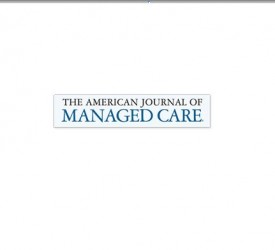
Reinventing primary care is a task that is “far too important to fail”1 and central to reforming healthcare delivery. The current healthcare system, with its incentives to furnish more care, has produced highly fragmented care that emphasizes specialty and acute care over coordination, patient centeredness, and population health management.2-6 Although 93% of Americans want one place or doctor that provides primary care and coordinates care with specialists, only half report having such an experience.7,8 The patientcentered medical home (PCMH) is a promising model that aims to reinvent primary care so that it is “accessible, continuous, comprehensive and coordinated and delivered in the context of family and community,”9 and, in so doing, improve the triple aim outcomes of quality, cost, and patient and family experience, as well as healthcare professional experience.
The medical home concept fi rst arose in the 1960s as a way of improving care for children with special needs, and policy interest outside of pediatrics grew over time.10 In 2007, primary care physician societies endorsed the joint principles of this primary care delivery model.9 Intrigued by the potential of the PCMH model, private insurers, major private and federal employers, provider organizations, Medicare, and state Medicaid agencies across the nation are rolling out pilots and demonstrations of different variants of the model. However, it will likely take many years before results of current evaluations become available. Transforming care will require recognizing and addressing many barriers to change using lessons from these evaluations.11
| Allegato | Dimensione |
|---|---|
| 1.53 MB |

